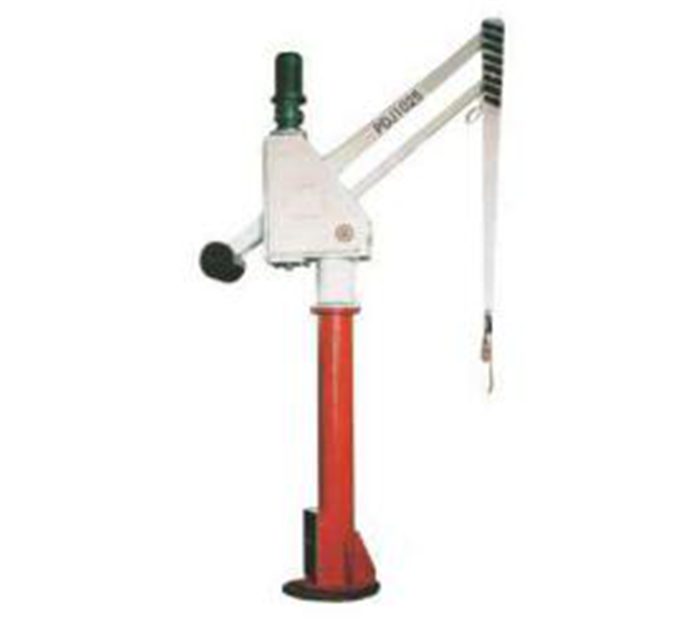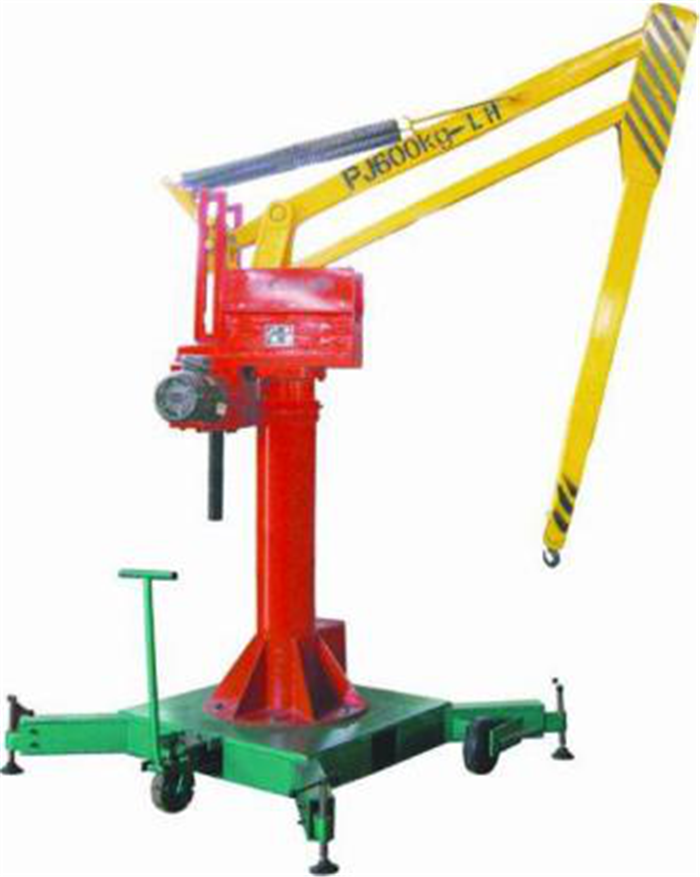Lightning discharges may occur between clouds or within clouds, or between clouds and ground; in addition to the internal surges caused by the use of many large-capacity electrical equipment, the power supply system (China's low-voltage power supply system standard: AC 50Hz 220/380V) and The influence of electrical equipment and the protection against lightning and surge have become the focus of attention.
The lightning strike between the cloud and the ground consists of one or several separate lightnings, each carrying a number of very high currents with very short durations. A typical lightning discharge will include two or three lightning strikes, each time separated by approximately one-twentieth of a second. Most lightning currents fall between 10,000 and 100,000 amps, and their duration is typically less than 100 microseconds. Due to the use of large-capacity equipment and frequency conversion equipment, the internal power supply system has brought about an increasingly serious internal surge problem. We turn it back into the effects of transient overvoltage (TVS). The scope of the power supply voltage is available for any powered device. Sometimes even a very narrow overvoltage shock can cause power or damage to the equipment. This is the case with transient overvoltage (TVS) damage. Especially for some sensitive microelectronic devices, sometimes a small surge can cause fatal damage.
Power system surge
Sources of power system surges are divided into external (lightning causes) and internal (electric equipment start-stop and faults, etc.).
Lightning strikes to ground lightning may act on the low voltage power supply system in two ways:
(1) Direct lightning strike: Lightning discharge directly hits the components of the power system and injects a large pulse current. The probability of occurrence is relatively low.
(2) Indirect lightning strike: Lightning strikes hit the earth around the equipment and induce moderate currents and voltages on the power line.
The cause of internal surges is related to the start and stop of equipment within the power supply system and the failure of the power supply network:
Internal power surges can cause internal surges due to the start and stop of high-power equipment, line faults, switching operations, and operation of inverter equipment, which will adversely affect the power equipment. In particular, microelectronic devices such as computers and communications have brought fatal impact. Even if the equipment is not damaged, the abnormal operation and pause of the system will have serious consequences. Such as nuclear power plants, medical systems, large factory automation systems, securities trading systems, telecommunications bureau switches, network keys, and so on.
Direct lightning strikes are the most serious event, especially if a lightning strike hits the user's incoming line to drain the power line. In the event of these events, the voltage of the crowded power line will rise to hundreds of thousands of volts, often causing a flashover. The lightning current is transmitted on the power line at an interval of one kilometer or more, and the peak current around the lightning strike point can reach 100kA or more. The current of the low voltage line at the user inlet can reach 5kA to 10kA per phase. In areas where lightning activity is frequent, power facilities may be subject to severe lightning currents caused by lightning strikes several times a year. These events are rare for areas that use underground power cables or where lightning activity is infrequent.
The probability of indirect lightning strikes and internal surges is high, and most of the damage to electrical equipment is related to them. Therefore, the focus of power supply surge prevention is the absorption and suppression of this part of the surge energy.
For low-voltage power supply systems, surge-induced transient over-voltage (TVS) protection, Z is good to use hierarchical protection. The surge energy is gradually absorbed from the inlet of the power supply system (such as the total power distribution room of the building), and the transient overvoltage is phased out.
[First line of defense] It should be a large-capacity power supply surge protector connected between the phases of the inlet of the user's power supply system and the earth. It is generally required that the power protection for this class has a maximum impact capacity of 100 kA/phase or more, and the required limiting voltage should be less than 2.8 kV. We call it the CLASS I Power Surge Protector (SPD). These power surge protectors are designed to withstand high current and high energy surge energy absorption from lightning and inductive lightning strikes, shunting large amounts of inrush current to the ground. They only provide a limit voltage (the maximum voltage appearing on the line when the inrush current flows through the SPD becomes a limiting voltage). The CLASS I class protector is mainly for the absorption of large inrush currents. They alone do not fully protect sensitive electrical equipment inside the power supply system.
[Second line of defense] It should be a power surge protector installed at a shunt power distribution unit that supplies power to critical or sensitive electrical equipment. These SPDs provide a better absorption of the remaining surge energy through the user-supplied inlet surge arrester, and have excellent suppression of transient overvoltages. The power surge protection device used in this area requires a maximum impact capacity of 40KA/phase or more, and the required limiting voltage should be less than 2.0kv. We call it the CLASS II power surge protector. The general user power supply system can achieve the requirements of the operation of the power equipment by the second level of protection.
[Last Line of Defense] A built-in power surge protector can be used in the internal power section of the consumer to achieve a transient overvoltage that completely eliminates small transients. The power surge protector used in this area requires a maximum impact capacity of 20KA/phase or lower, and the required limit voltage should be less than 1.8kv. For some particularly important or particularly sensitive electronic devices, a third level of protection is necessary. It also protects the consumer from transient overvoltages generated inside the system.
The jib crane has reasonable structure, efficiency, and high-tech, It is widely used in mines, workshops, ware house and goods yard. This type machine is composed by the vertical shaft, revolving arm, rotating shaft, hoist etc. This type machine with advantages of the Simple structure, Operate convenience, Turning angle, wide working conditions.Usually it equipped with chain hoist or CD1/MD1 Electric Hoist.
The are Post Jib Crane crane, fixed pillar Jib Crane , Column Jib Crane; Wall Mounted Jib Crane, wall type rotary arm crane, 360ÌŠ rotating jib crane, heavy duty jib crane, wall traveling jib crane, and also balance lever crane.
Features:
The lifting capacity can be 0.5-5t
Lift height: 3-5m
Lift speed: 8/4 m/min; 0.8/0.4 m/min
Travel speed: 20m/min
Product shows
Post column jib crane
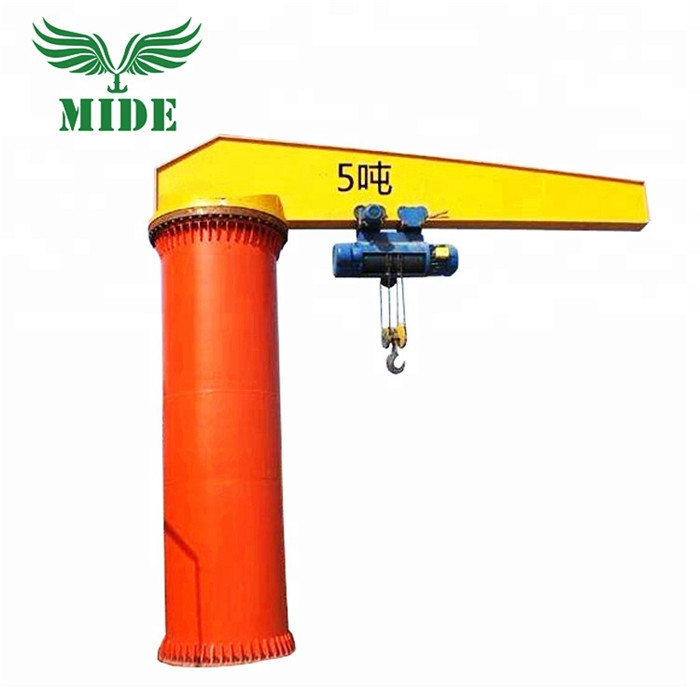
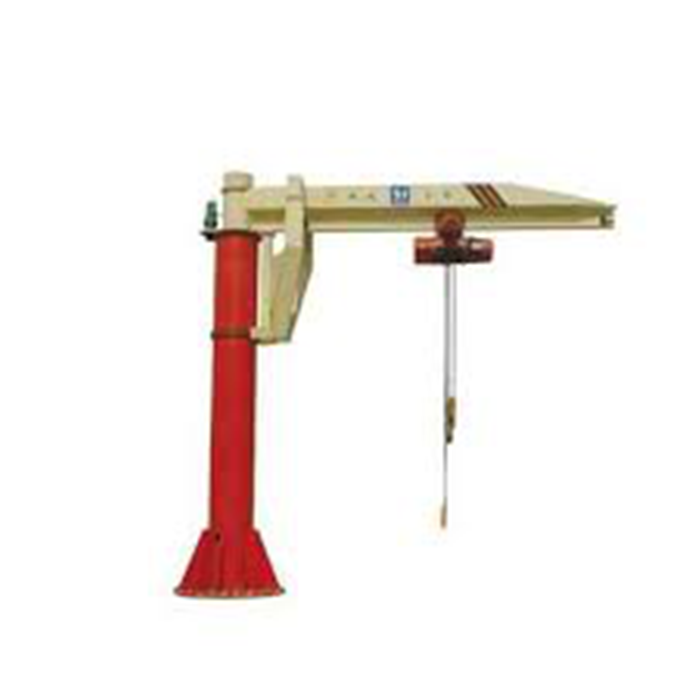
Wall mounted jib crane and wall traveling jib crane
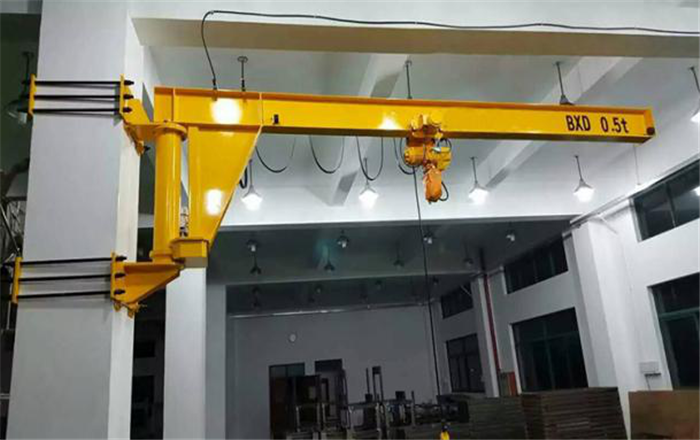

Balance lever crane( small jib crane)
